Since 1968, the Gills’ family has continued the legacy of an unsurpassed commitment to serving patients as if they were a member of their own family. As a premium multi-specialty practice committed to serving patient’s needs, St. Luke’s has devoted over 55 years of service to shaping our legacy of Life Changing Vision.
St. Luke’s Cataract & Laser Institute has a long-standing reputation for excellence in cataract surgery and eye care. The surgeons, medical ophthalmologists and optometrists at St. Luke’s are known for their expertise and dedication to care giving. Patients from over 77 countries have visited us for cataract and refractive surgery and for treatment of other diseases of the eye including retina diseases and glaucoma.
At St. Luke’s, we provide comprehensive ophthalmology services, including routine or eye wellness exams, urgent care, and first line treatment for many conditions such as macular degeneration, glaucoma and diabetic eye care. Comprehensive eye care is important to maintain eye health, as well as to ensure that your vision is optimized with the most accurate glasses prescription. Our expert medical team manages many common ophthalmic conditions, working closely with our surgical specialists to ensure our patients receive the highest quality of care.
According the American Diabetes Association one in four people over the age of 60 in the US has diabetes. Diabetes can be a debilitating disease that affects many parts of the body and your overall lifestyle. Diabetes is the leading cause of blindness in working-age Americans. Approximately 29 million Americans age 20 or older have diabetes. But almost one-third don’t know they have it and are at risk for vision loss and other health problems. Diabetic eye disease is a group of eye problems that affects those with diabetes, includes diabetic retinopathy, cataracts and glaucoma.
The EVO ICL is an advanced implantable contact lens that works with your eye’s natural lens to provide crystal-clear vision. Unlike traditional contact lenses that sit on the surface of your eye, the EVO ICL is gently placed inside your eye where it’s completely invisible and maintenance-free.
Many eye care patients are surprised when they learn that almost 2.5 million people have Glaucoma. More than half of these people do not even realize they have the disease because there are often no warning symptoms. Glaucoma is known as the “silent-thief” of sight because it silently steals your vision. Glaucoma often goes un-diagnosed because there is no pain associated with this high intraocular pressure. Patients are urged to have routine eye exams to check the status of their general eye health.
Sight and hearing are two of your most crucial senses. Unfortunately, both of these senses begin to decline in many people at the same stage in life. These senses also function in concert with one another. St. Luke’s is world renowned for its eye care, and our team of highly skilled audiologists and hearing aid specialists are here to offer you the most advanced hearing services.
LASIK eye surgery has helped millions of people see better. LASIK can have tremendous lifestyle benefits and if you are active this might be a great procedure for you. If you are seeking LASIK or a refractive vision correction procedure, please feel free to schedule a consultation. This consultation is the first step toward better vision. During your consultation appointment, one of our experienced eye doctors will give you a comprehensive exam and discuss your medical history and vision in order to determine your candidacy.
Oculoplastic and orbital surgery is plastic surgery focused on the structures surrounding the eye, including the eyelids, tear duct system, forehead, and midface area. Because surgery in these areas can affect vision, ophthalmic plastic surgeons are best qualified to perform this delicate surgery.
The retina is a multi-layered sensory tissue that lines the back of the eye and connects the visual images that you see to the brain via the optic nerve. The retina has millions of photoreceptors that capture light rays and convert them into electrical impulses. These impulses actually travel along the optic nerve to the brain where they are turned into images. Any type of disruption in the traveling of these images to the brain results in vision loss or distorted vision. The central part of the retina, called the “macula” is the most sensitive aspect. If this macula is affected by disease seeing can become very difficult.
St. Luke’s Cataract & Laser Institute has a long-standing reputation for excellence in cataract surgery and eye care. The surgeons, medical ophthalmologists and optometrists at St. Luke’s are known for their expertise and dedication to care giving. Patients from over 77 countries have visited us for cataract and refractive surgery and for treatment of other diseases of the eye including retina diseases and glaucoma.
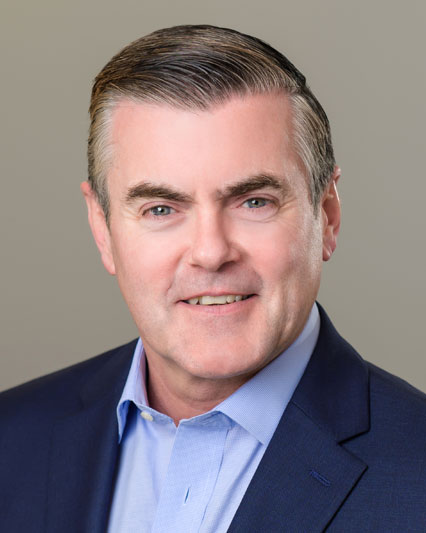
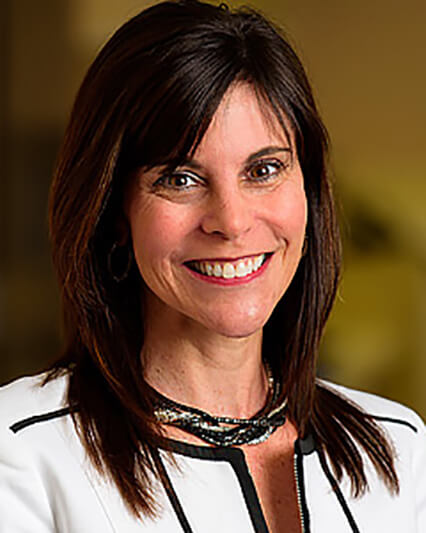

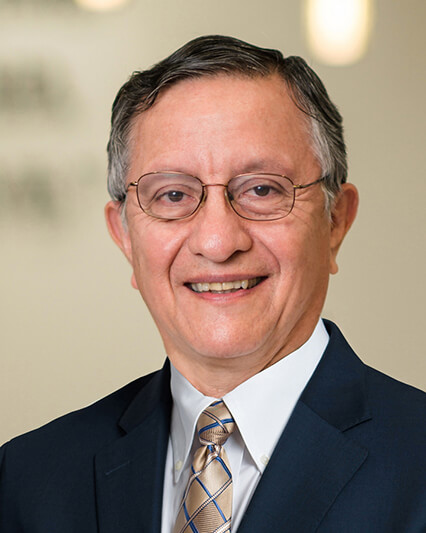
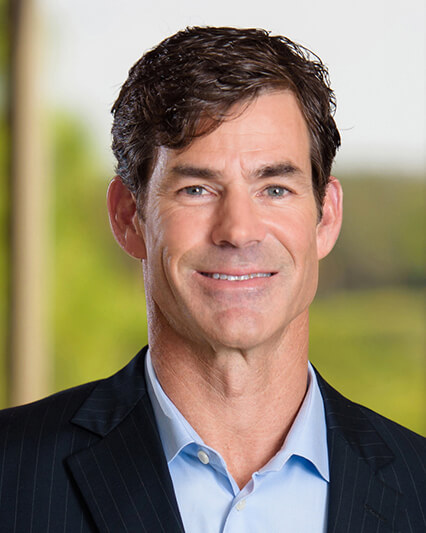




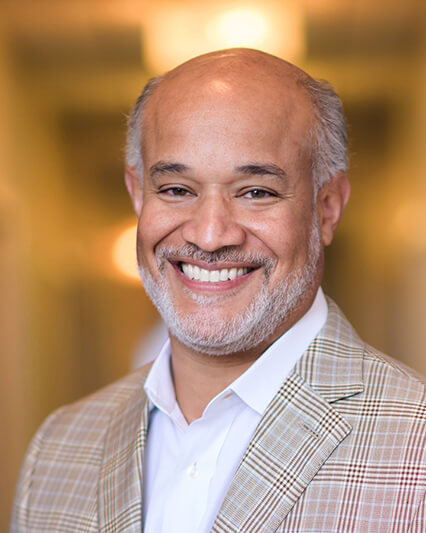

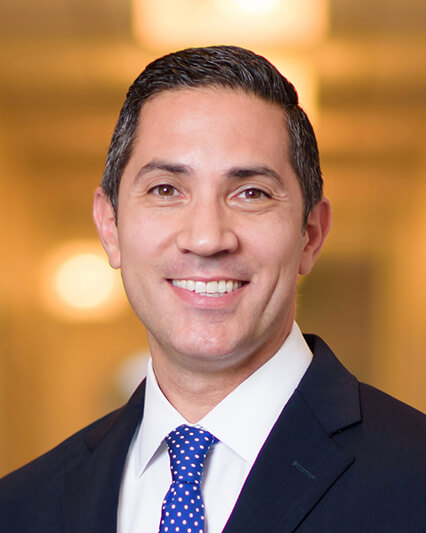

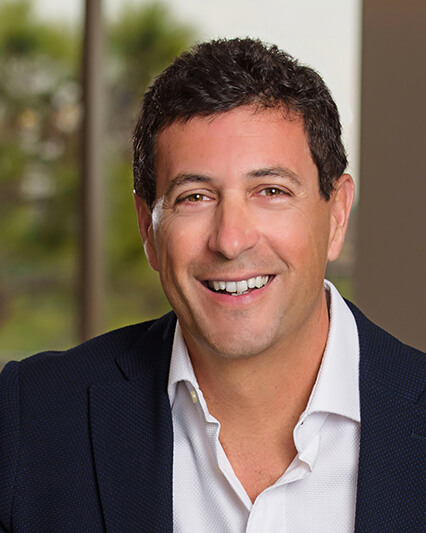

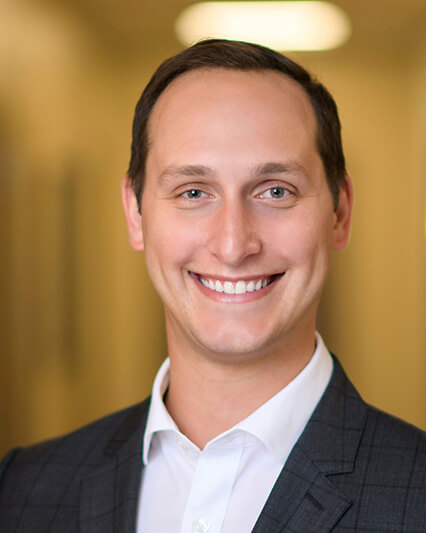
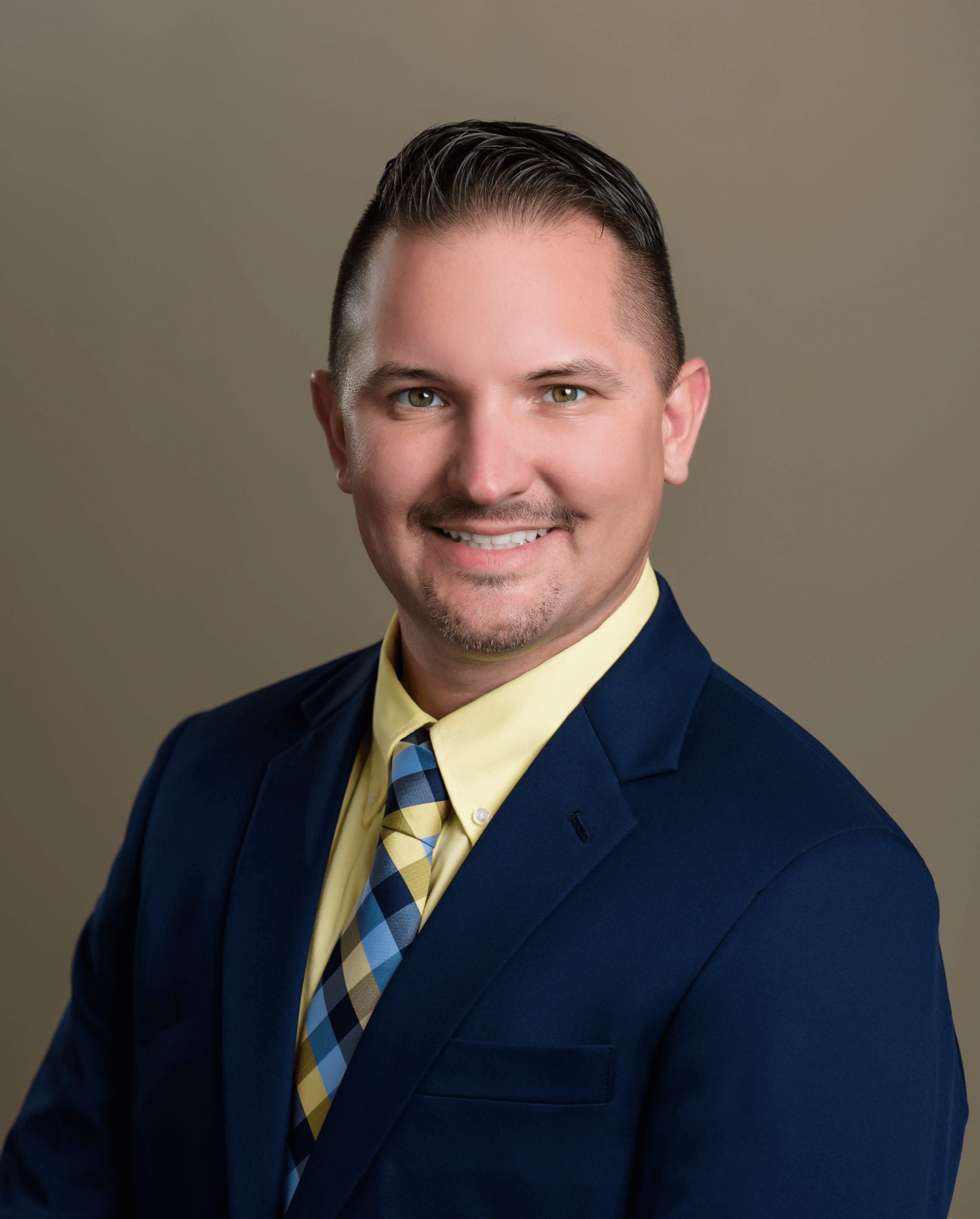
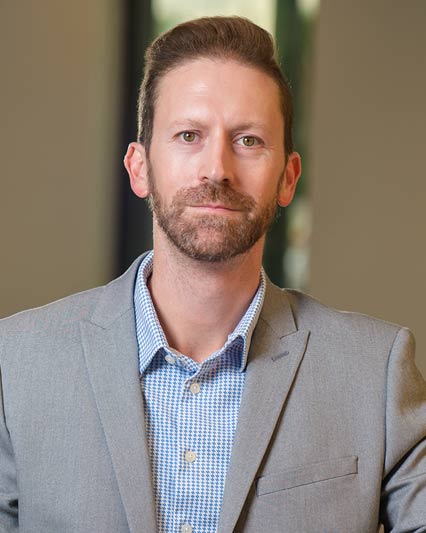
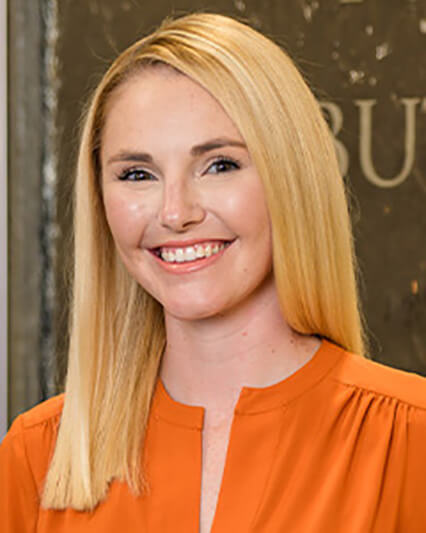
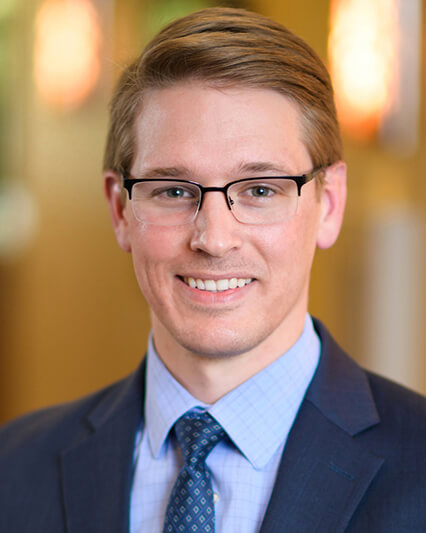
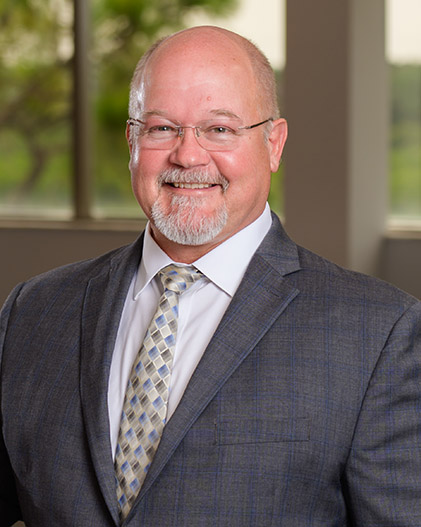

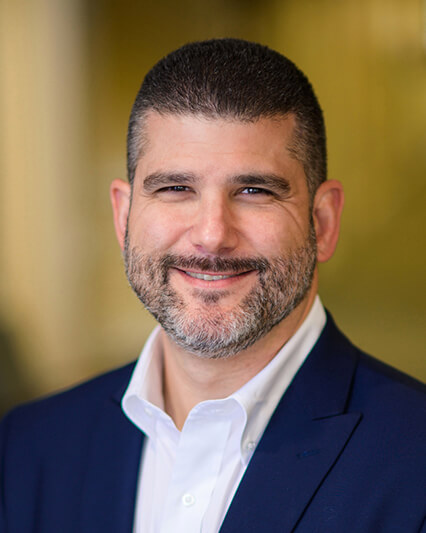


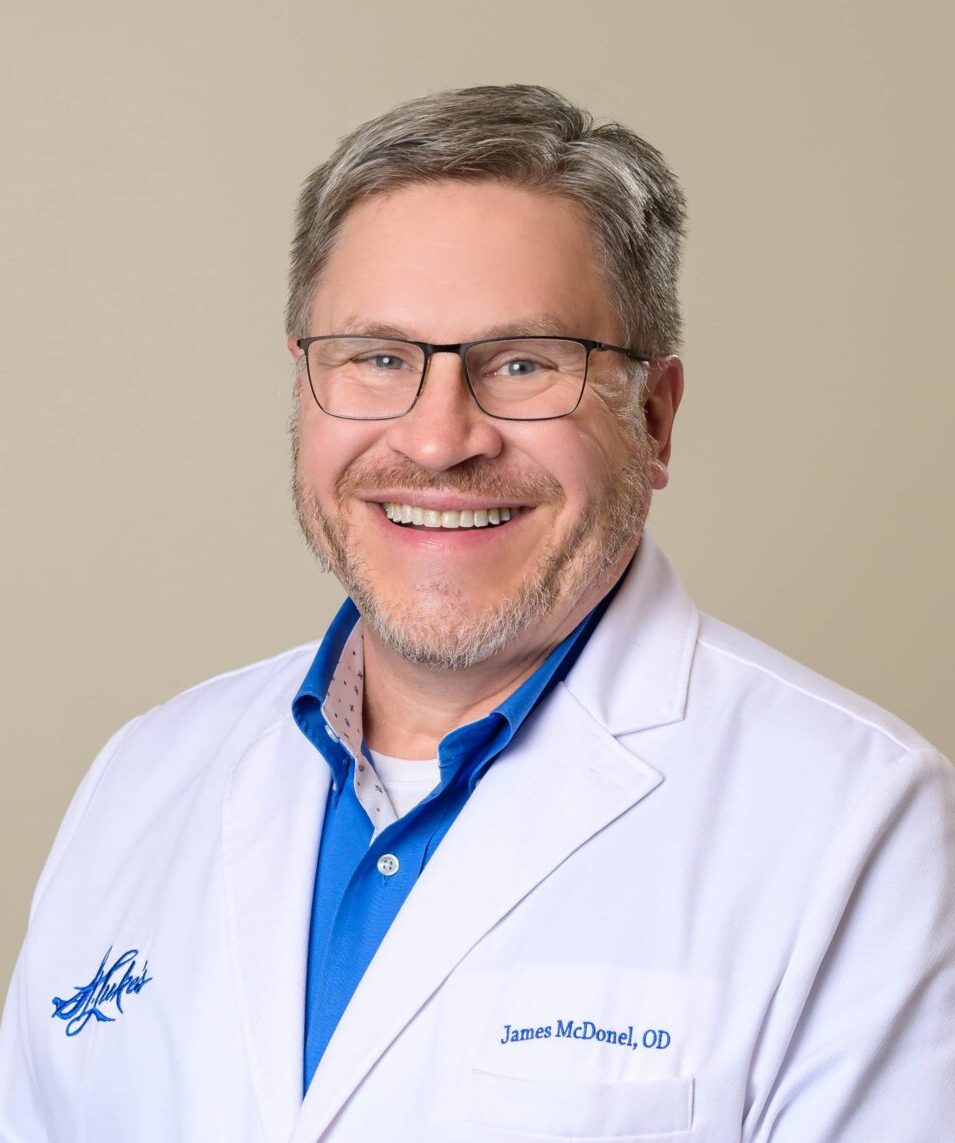
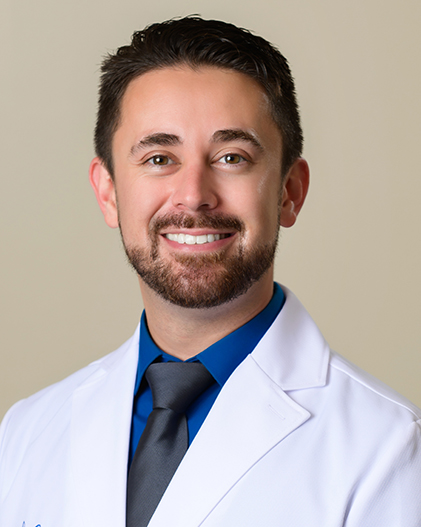
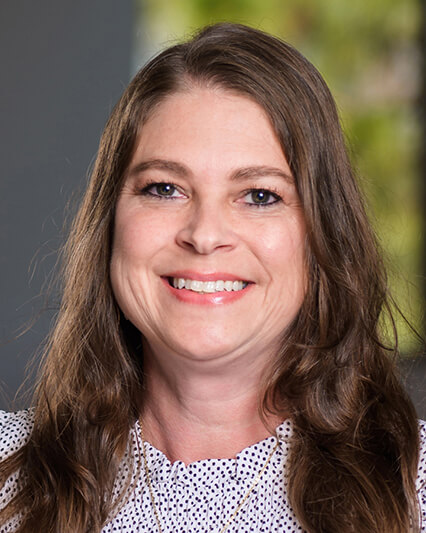

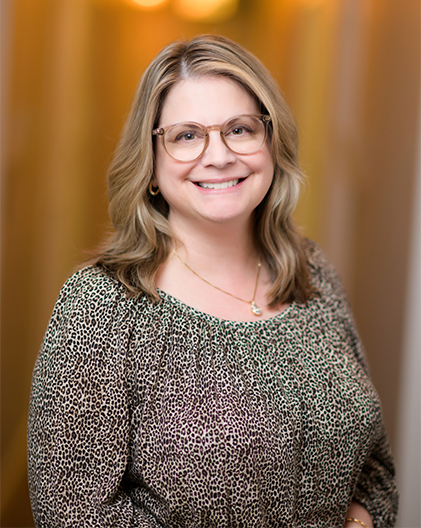
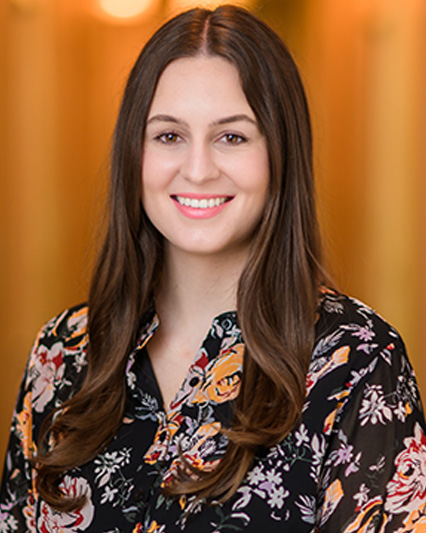


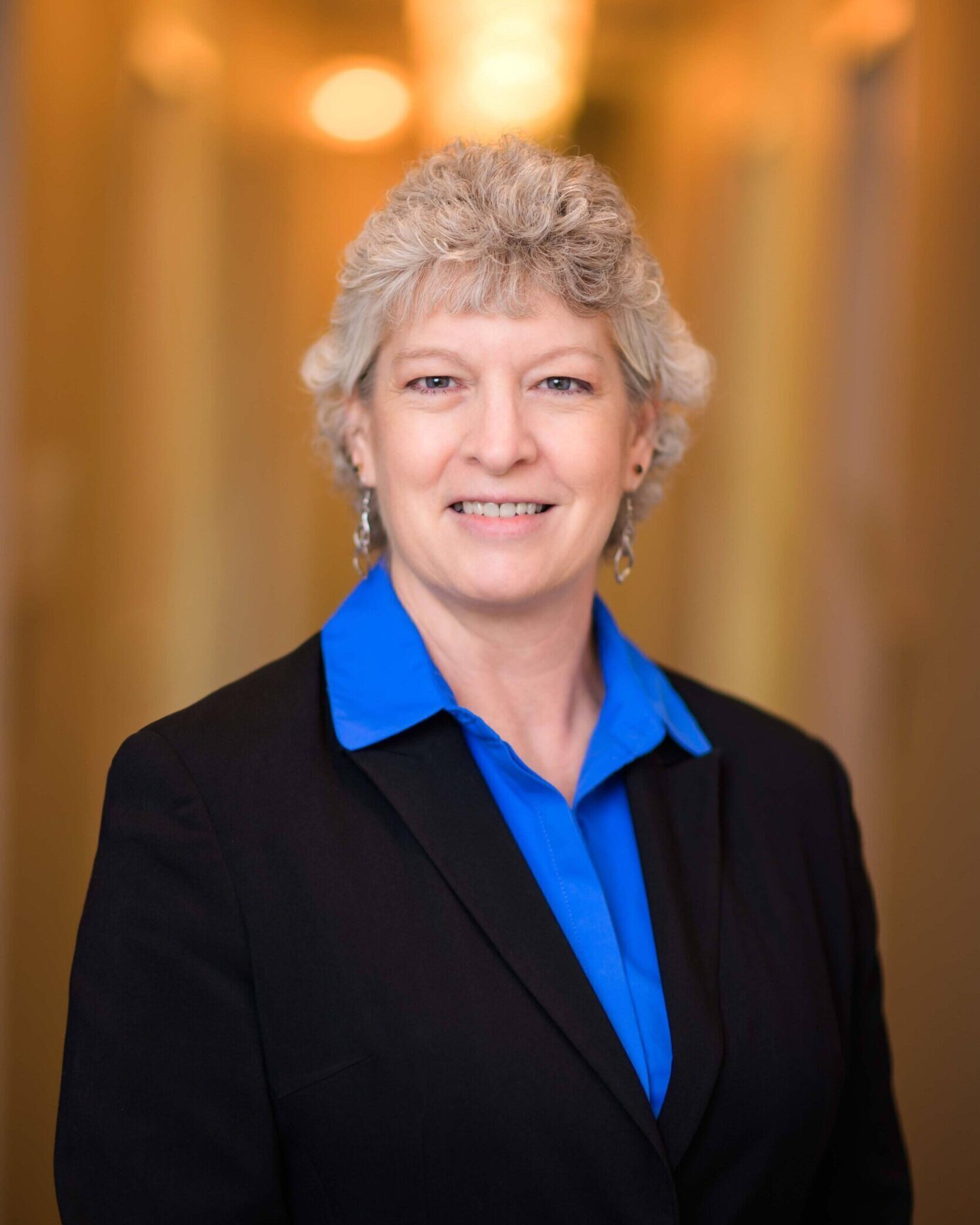
St. Luke’s Cataract & Laser Institute has a long-standing reputation for excellence in cataract surgery and eye care. The eye surgeons and ophthalmologists at St. Luke’s are known for their expertise and dedication to care-giving. With state of the art equipment and facilities, our doctors continue the tradition of innovation and development of new technologies and techniques in ophthalmology that our founder, Dr._James Gills began when he first opened the doors in 1968.
You will be using your new eyesight every waking moment for the rest of your life. Please take as much time as needed to consult with us as well as your family. Our surgeons, technicians and coordinators are available to help you make the best decision.
Blurred vision refers to a lack of sharpness resulting in the inability to see fine detail. Blurred vision may result from abnormalities such as nearsightedness, farsightedness, presbyopia, or astigmatism that can be improved with eyeglasses or signal the presence of eye disease.

A drooping eyelid is also called ptosis or blepharoptosis. In this condition, the border of the upper eyelid falls to a lower position than usual. In severe cases, the drooping eyelid can cover all or part of the pupil and interfere with vision.

Halos are bright circles that surround a light source, like headlights. Glare is light that enters your eye and interferes with your vision. Halos often show up when you’re in a dim or dark place. Glare is more likely in the daytime. They’re a normal response to bright lights, but deeper problems can also bring them on.

When you have astigmatism, the natural curve of your cornea and lens are mismatched. This affects your eye’s ability to focus, and your retina receives two different images, called a refractive error. The result is blurry vision.

People with myopia have difficulty seeing distant objects, like road signs. They usually have better vision during near tasks, such as reading and computer use. This is why myopia is often called nearsightedness. It occurs when the shape of the eye — or the shape of certain parts of the eye — causes light rays to bend (refract) inaccurately.

Presbyopia is the expected loss of near-focusing ability that occurs with age. Most people begin to notice the effects of presbyopia sometime after age 40 when they start having trouble seeing small print clearly — including text messages on their phone.
These age-related changes occur within the proteins in the lens, making the lens harder and less elastic over time. Age-related changes also take place in the muscle fibers surrounding the lens. With less elasticity, it gets difficult for the eyes to focus on close objects.

Regular comprehensive eye exams are key to early detection of eye-related diseases to keep you seeing your best every day.

Our family serving yours for more than 55 years

Board Certified Ophthalmologists by American Board of Ophthalmology

Strong Community Roots and Trusted for Excellence in Patient Care
We proudly serve patients at our eye clinics in Tarpon Springs, Tampa, St. Petersburg, Clearwater, Spring Hill, Wesley Chapel and in The Villages at Lake Sumter Landing and Brownwood. Our philosophy is to treat those we serve as though they are a member of our own families. From the first phone call or email to the follow-up visit and beyond, we’re here to serve you. Our goal is to help preserve and optimize your vision.

